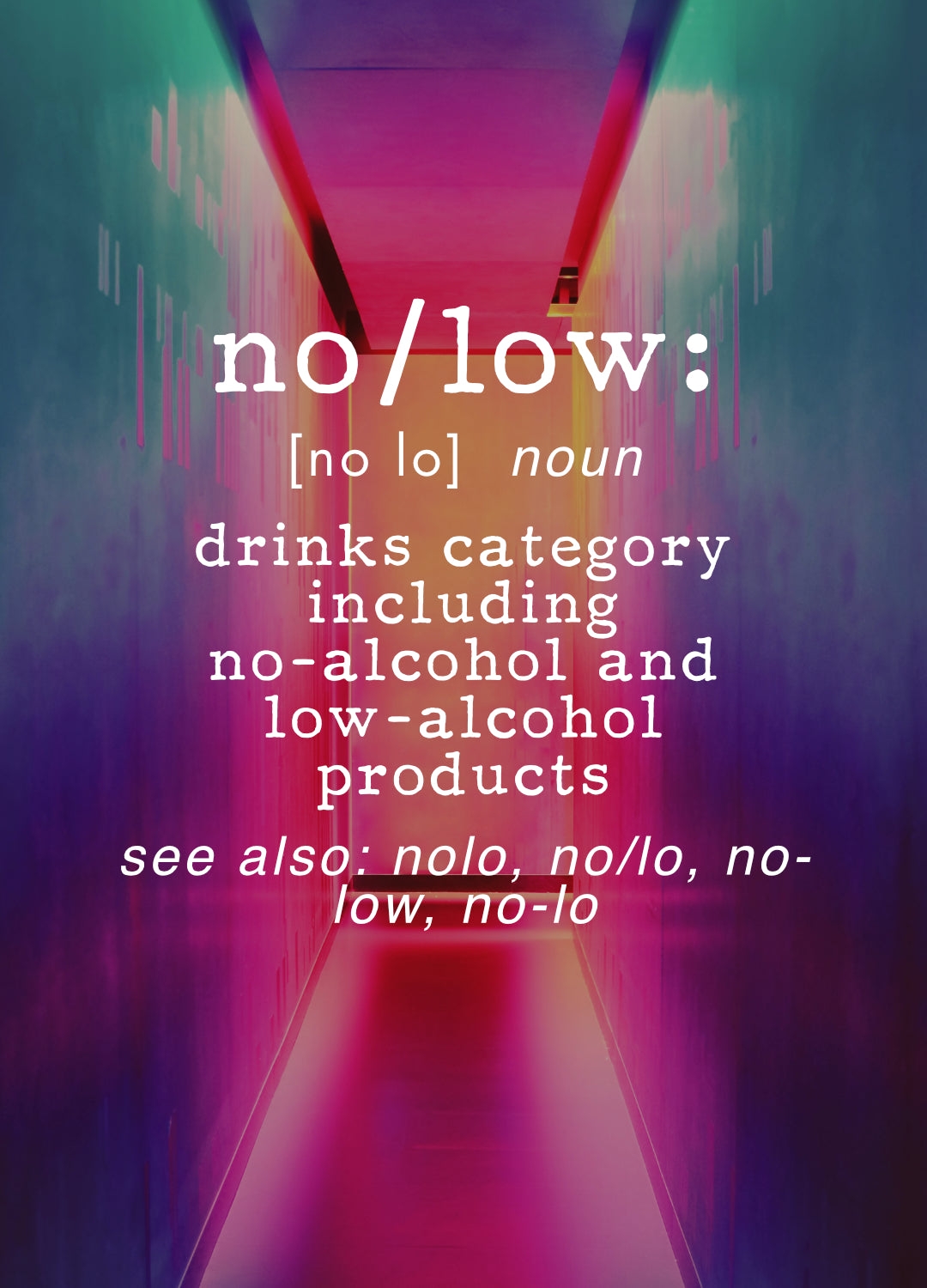a no/low for everyone
soft crush was created in 2021 as an answer to the question: what is a wine-lover going to drink when booze just isn't an option? We wanted better choices. As a dedicated team of wine importers, with 20+ years of experience importing wine and spirits from around the world, we set out to find the best, most sophisticated, best tasting, non-alcoholic wine and cocktail alternatives out there.

how low can you go?
The regulations around what can be called alcohol-free are set by the Canadian Food Inspection Agency in Canada. They are slightly different than both the US and the UK rules, which is why we have adopted the term no/low for our products.
- alcohol-free (af) may be used to describe a product whose alcohol level has been reduced to a level less than 0.05%
- non-alcoholic refers to a product with less than 0.5% (since July 2022)
- low-alcohol is an acceptable claim for a product with less than 1.1% alcohol by volume
- dealcoholized may also be used to describe a product whose alcohol level has been reduced to a level less than 1.1%
customers are thirsty for no/low
-

Gen Z and Millenials shift away from alcohol
“As moderation becomes a key trend, particularly among younger generations, the ability to offer appealing, high-quality, and health-conscious soft drinks is crucial for success,” - CGA client director Violetta Njunina.
-

Non-alcoholic beverage sales are growing
But these consumers aren’t necessarily adopting total sobriety. NielsenIQ survey data from October 2021 shows that 78% of non-alcoholic beer, wine, spirits buyers are purchasing alcoholic beer, wine, or spirits too.
-

The trend towards growth in sales of NA continues
IWSR expects that the no-alcohol sector will represent nearly 4% of total beverage alcohol volumes in its key markets by 2027.








